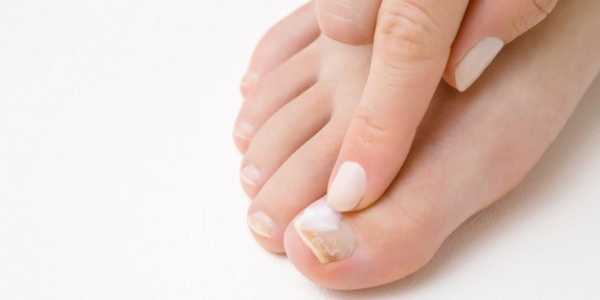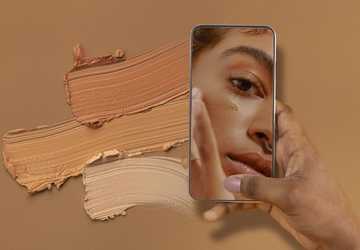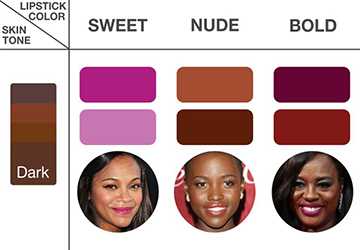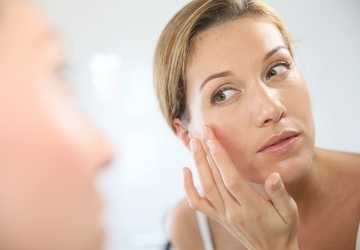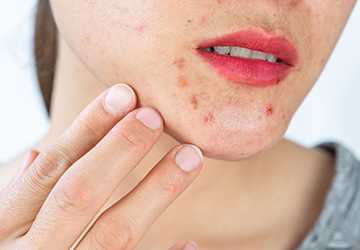Managing Hair Loss: 7 Effective Treatments and Remedies
Hair loss is a common problem that can happen to anyone at any age. It's more than just losing hair. It can affect how you feel about yourself.
Many people feel less confident or worried about their looks when losing hair. But don't worry! There are many ways to deal with hair loss that can help.
In this post, we'll discuss 7 different treatments and remedies for managing hair loss. We'll cover natural options and medical treatments so you can find something that works for you.
Keep reading to learn about steps to help with your hair loss. Remember, you're not alone in this; solutions are available.
Why Addressing Hair Loss is Important
It is important to deal with hair loss early. If you start treatment soon, you can slow down hair loss or even grow some back. Taking care of your hair loss can make you feel better about yourself.
Talking to people and enjoying social events is easier when you feel good about your appearance. It can make you happier overall. Trying treatments or remedies can lead to healthier hair, and you might even see new hair growth.
It's essential to choose the proper treatment for hair loss. Everyone is different, so what works for one person might not work for another. Finding the best option for you can make a big difference in how you look and feel.
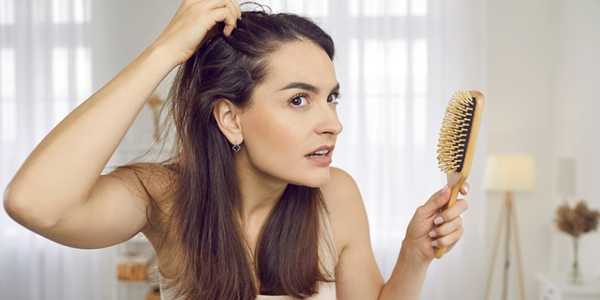
7 Hair Loss Managing Remedies
There are many ways to deal with hair loss. Let's look at seven treatments and remedies that can help. Some are medicines, some are natural, and some involve medical procedures. Each works differently, so you can find what's best for you.
1. Topical Minoxidil
Minoxidil is a medicine you put on your scalp. It helps hair grow and slows down hair loss. You can buy it without a prescription. To use it:
● Apply it to your scalp twice a day
● Gently massage it in
● Let it dry before styling your hair
It usually takes about 4 months to see results. Some people might see new hair growth or less hair falling out.
2. Finasteride
Finasteride is a pill that helps with hair loss. It works by lowering DHT, a hormone that can cause hair loss. It would help if you had a doctor's prescription to get it. Here's what to know:
● Take one pill every day
● It can take 3-6 months to see results
● It works best for men with male-pattern baldness
● Some people might have side effects like less sex drive
Always talk to your doctor before starting finasteride.
3. Platelet-Rich Plasma (PRP) Therapy
PRP therapy uses your blood to help your hair grow. Here's how it works:
● A doctor takes some of your blood
● They separate the platelet-rich plasma from your blood
● They inject this plasma into your scalp
You might need several treatments over a few months. Many people see thicker hair and less hair loss after PRP therapy.
4. Hair Transplant Surgery
Hair transplant surgery moves hair from areas with more hair to areas with less hair. There are two main types:
● FUT (Follicular Unit Transplantation): A strip of skin with hair is moved
● FUE (Follicular Unit Extraction): Individual hair follicles are moved
This surgery works best for people with some areas of thick hair. Full results can take several months to see.
5. Nutritional Supplements
Some vitamins and minerals can help your hair grow. These include:
● Biotin
● Vitamin D
● Iron
● Zinc
Eating a balanced diet or taking supplements can help. But always talk to a doctor before starting new supplements. They can check if you need them and ensure they're safe.
6. Essential Oils and Natural Remedies
Natural oils might help with hair growth. These include:
● Rosemary oil
● Peppermint oil
● Coconut oil
To use them:
● Mix a few drops with a carrier oil like jojoba
● Massage into your scalp
● Leave for at least 15 minutes before washing
Use these oils regularly for the best results. Remember, natural doesn't always mean safe for everyone, so check with a doctor if you have concerns.
7. Laser Therapy
Laser therapy uses low-level lasers to help hair grow. It might:
● Increase blood flow to hair follicles
● Stimulate weak hair follicles
You can get this treatment at a doctor's office or use at-home devices. At-home devices need to be used several times a week. It can take a few months to see results.
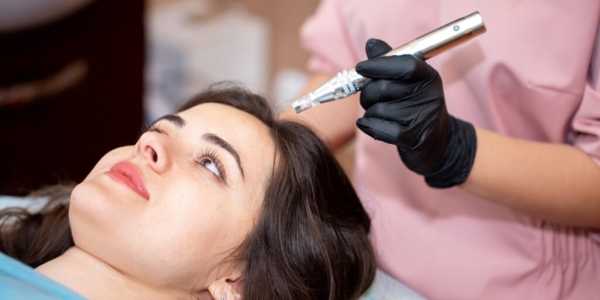
Take Action Against Hair Loss Today!
Now that you know about different hair loss management methods, it's time to take action.
You have many choices, from medicines like minoxidil and finasteride to natural options like oils and supplements. Remember, what works best depends on your specific situation.
Talk to a doctor to find the proper treatment for you. It is vital to start early and stick with your treatment.
Don't wait to take the first step today to manage your hair loss and boost your confidence!
Frequently Asked Questions (FAQs)
Q1: How long does it take to see results from hair loss treatments?
Ans: Most treatments take 3-6 months of regular use before you see results. Be patient and consistent with your chosen treatment.
Q2: Are there any side effects to using minoxidil or finasteride?
Ans: Yes, there can be side effects. Minoxidil might irritate your scalp. Finasteride might affect your sex drive. Always talk to your doctor about possible side effects before starting these treatments.
Q3: Can natural remedies be as effective as medical treatments?
Ans: Natural remedies can help keep your hair healthy, but they might not work, and medical treatments for severe hair loss might not. It's often best to use both natural and medical approaches. Ask a healthcare professional for advice on what's best for you.
